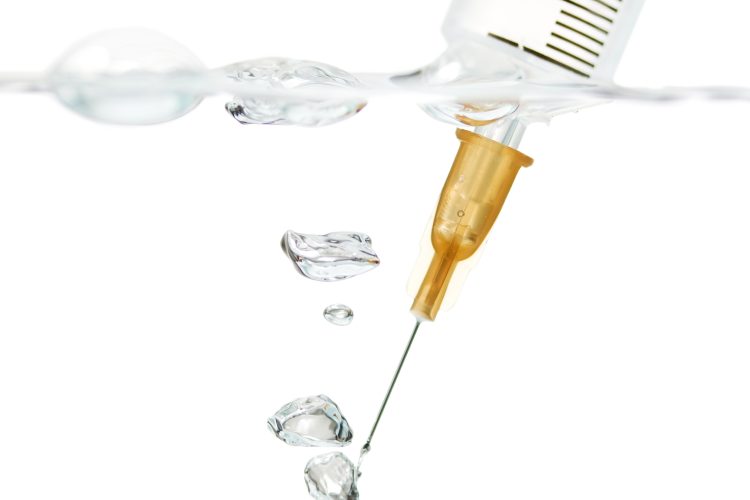EP monographs allow rFC for water testing
Posted: 2 April 2024 | Caroline Peachey (European Pharmaceutical Review) | No comments yet
As of 1 April, two European Pharmacopoeia monographs allow the use of rFC to test for bacterial endotoxins in pharmaceutical waters.


Revised versions of two widely used European Pharmacopoeia (EP) monographs now allow the use of recombinant factor C (rFC) for testing of pharmaceutical waters.
The revised monographs – Water for injections (0169) and Purified water (0008) – mean that users can select the rFC test described in Ph. Eur. 2.6.32 directly when testing pharmaceutical waters. A side-by-side comparison against the tests described in general chapter 2.6.14. Bacterial endotoxins is no longer needed.
The new monographs became effective on 1 April 2024.
The changes to the monographs were first published in Supplement 11.4 of the European Pharmacopoeia in October 2023. This followed a revision effort launched after the adoption of a new general chapter, Test for bacterial endotoxins using recombinant factor C (2.6.32), which came into force on 1 January 2021.
Traditionally, endotoxin testing methods have relied on Limulus Amoebocyte lysate (LAL) – derived from the blood of the horseshoe crab. Over recent years there has been a move to replace LAL with synthetic reagents, driven by sustainability, ethical and other considerations.
As a synthetic reagent rFC does not rely on the use of animal-derived products.
Cathie Vielle, Head of the European Pharmacopoeia Department at the EDQM and Secretary to the European Pharmacopoeia Commission told EPR: “These revised monographs will allow users to select the rFC directly to test for bacterial endotoxins without the need for a side-by-side comparison against the LAL.”
“The use of the rFC is a step towards alleviating the need for species of horseshoe crab that are known to be endangered in some parts of the world,” she added.
Related topics
Endotoxin, Endotoxin Detection, Environmental Monitoring, QA/QC, Rapid Microbiological Methods (RMMs), Regulation & Legislation









